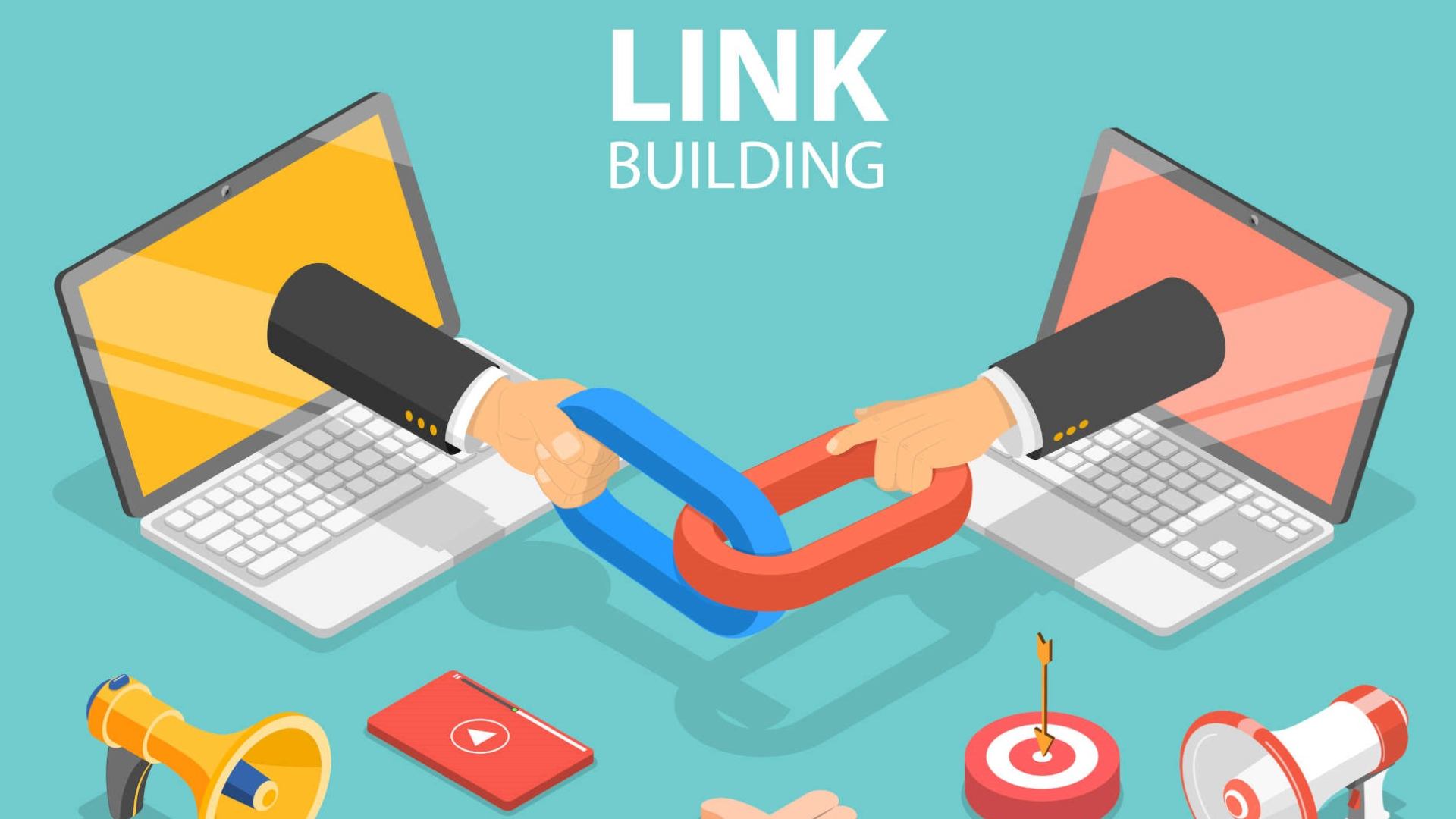Creating an effective digital accessibility strategy starts with understanding the importance of ensuring everyone has equal access to technology and web content, regardless of impairment or disability. Furthermore, an inclusive digital strategy will future-proof products and services, allowing them to remain accessible even as technology evolves. Here are the top 10 tips for creating a digital accessibility strategy that empowers everyone.
Top 10 Tips For Creating a Digital Accessibility Strategy to Empower Everyone
Creating a digital accessibility strategy takes effort but can be feasible with the right plan and resources. Here are the top 10 tips for creating an accessible digital strategy that empowers everyone:
1. Understand the Scope of Digital Accessibility
Digital accessibility is one of the most important parts of digital product development. It’s crucial to understand the scope of digital accessibility, which includes ensuring that the design and implementation of accessible web content, websites, applications, and other digital assets are accessible to all users regardless of physical or cognitive ability.
2. Research and Analyze Your User Group
Researching and analyzing your user group will help you better understand their needs and how to implement accessibility solutions accordingly. This is essential in uncovering any digital accessibility issues and determining what needs to be done to make your digital content more accessible.
3. Implement an Accessibility Compliance Program
Once you have identified any areas of concern, create an action plan. This should include setting goals, assigning responsibilities, and outlining timelines for implementation. To ensure you comply with the relevant accessibility regulations, it’s important to implement an accessibility compliance program that outlines the steps you need to take to reach compliance.
4. Make Accessibility Part of Your Design Process
Accessibility should be part of your design process from the start. Make sure to create a “vision of accessibility” that is communicated to everyone on your team. Furthermore, everyone needs to take an active role in fostering and promoting digital accessibility. Make it an explicit part of your mission statement and communicate it to everyone.
5. Leverage Automated Testing Solutions
Automated testing solutions help assess digital accessibility issues in web apps and websites. These testing solutions can make sure that the accessibility of your digital assets is up-to-date and compliant with the latest regulations. It also helps in reaching sustainable digital accessibility goals.
6. Educate Your Team About Digital Accessibility
It’s important to educate your team about digital accessibility, which includes understanding its importance, regulations, and best practices for implementing accessibility solutions. You can also provide training and awareness for staff and users on policies and guidelines related to digital accessibility.
7. Understand the Importance of Collaboration
Collaborating with external experts or groups who are experienced in digital accessibility can be very helpful in the development of an effective digital accessibility strategy. Furthermore, external experts can help audit your existing digital platforms.
8. Empower Disabled Users
The primary goal of implementing digital accessibility is to ensure that the digital environment is equally perceived and navigated by everyone, irrespective of their ability. Thus, it’s extremely important to create a strategy that includes people with disabilities. Ensure to include features enabling users with disabilities to access and interact with your digital content.
9. Leverage Existing Tools and Technologies
Many existing technologies and tools are available to test and make digital content more accessible. Utilize these technologies to ensure that all users have access to your content. You can utilize several tools to test your digital accessibility, such as Lighthouse (by Google), WAVE Web Accessibility Evaluation Tools, and Accessibility Insights for Web (by Microsoft).
10. Track and Measure Progress
Regularly track and measure progress towards the goals of your strategy. This will allow you to identify any areas that need improvement and make necessary adjustments.
By following these tips, you can create an effective long-term digital accessibility strategy.
Importance of Creating an Inclusive Digital Accessibility Strategy
Creating an inclusive digital accessibility strategy is key to providing equitable, uninterrupted access to digital content and services for people with disabilities. It also helps provide all users with greater access to digital content and services. Here are five important reasons why creating an inclusive digital accessibility strategy is important:
1. Enhancing User Experience
By creating an inclusive digital accessibility strategy, organisations can ensure their content is accessible to all users, including those with disabilities. This helps enhance user experience and improves engagement with the content.
2. Increasing Reach
As the digital landscape evolves, an inclusive digital accessibility strategy can help organisations reach more potential customers. It allows them to create optimized products for all users and increase their reach to more diverse audiences.
3. Compliance
One of the key benefits of an inclusive digital accessibility strategy is that it helps organisations become compliant with various accessibility regulations. This ensures they can offer products and services that comply with anti-discrimination laws and regulations while creating a more equitable digital experience for all users.
4. Better Accessibility
An inclusive digital accessibility strategy helps organisations design and develop products and services that are intuitive and accessible to all users, including those with disabilities. This helps provide better access to digital content and services while helping organisations create a more accessible digital ecosystem.
5. Increased Brand Loyalty
By being an organisation that is committed to creating an inclusive digital accessibility strategy, organisations can foster a sense of belonging and loyalty among their customers. This can help build trust and help increase brand loyalty, giving organisations a competitive edge.
Final Words
Creating an inclusive digital accessibility strategy is important as it helps create an online environment that is accessible and usable to all. An inclusive digital accessibility strategy allows businesses to build an inclusive workplace and provide employees with the tools and resources they need to be productive.
By creating a comprehensive digital accessibility strategy and ensuring products are accessible, businesses can reap the rewards of a more diverse, open, and equitable environment.
Hurix Digital Solutions is a leading digital learning and technology solutions provider that helps organisations to drive digital transformation through their learning and development initiatives. Hurix Digital Solutions provides end-to-end digital learning solutions enabling organisations to improve employee performance, enhance customer engagement, and drive business growth.
Contact us today to know more!




